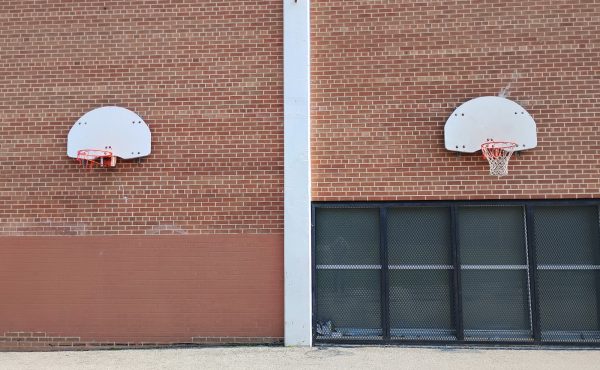
Every Tuesday, Todd Irvine of LEAF posts a stop from the Toronto Tree Tours, a collaborative project of LEAF and the Toronto Public Space Committee. The Toronto Tree Tours offers walking tours in neighbourhoods across the city as well as virtual tours on its web site. The aim is to introduce Torontonians to the individual trees in their neighbourhood while telling stories of our city’s ecological and cultural history.
– – – – – – – – – – – – – – – – – – – – – – – – – – – – – – – – – – – – –
St. Lawrence Neighbourhood Tour: Stop 5
To come upon this courtyard while walking down what appears to be a neglected alley is one of the true joys of exploring the city by foot. With its tall stately trees, ornate gazebo, and brick walls covered in ivy, the courtyard is a lovely secluded place to seek reprieve on a hot summer afternoon. The grand brick building that surrounds the courtyard is home to the Canadian Opera Company and includes rehearsal spaces, workshops and administrative offices. Completed in 1888, the building was first a purifying house of the Consumer’s Gas Company and had been designed to look like a Christian basilica.
The tall attractive trees near the gazebo are ginkgos (Ginkgo biloba). Considered living fossils, ginkgos are one of the first recorded tree species, once part of the flora of the Mesozoic period over 48 million years ago. They are often planted as landscape trees because they thrive in urban settings and are highly disease resistant. Female trees have tiny green flowers that give rise to orange plum-like fruit that ripen in October. Within the smelly fruit is an edible nut, much prized in the tree’s native China. The extract of their leaves is also often used as a memory-enhancer.
Along the wall to the west is a row of columnar Norway maples (Acer platanoides ‘Columnare’). These trees are similar to the commonly planted Norway maples, the difference being that they have been cultivated to grow upright and thus be more desirable for landscaping purposes. Cultivars are trees that have been manipulated to produce a desirable characteristic such as attractive flowers or an upright form. Cultivated trees must be reproduced by vegetative propagation, such as taking cuttings from an existing tree and rooting them.
To learn more of this building’s history visit the Canadian Opera Company website.
Read more stories from the St. Lawrence neighbourhood tree tour . . .
Photo by Luke Tyszkiewicz: www.stillsinflux.com

